

Using the same code as in Profiles and changing the definition of Object1 to two overlapping spheres
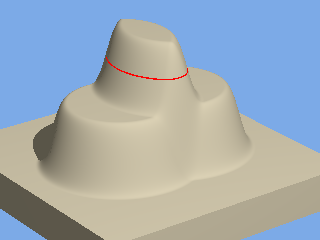
Fig1: field for two overlapping spheres.
#declare R_Object1 =
function(p,r,x,y,z){
R_function(p,(sqrt(pow(x+1,2)+pow(y,2)+pow(z,2))-2)/r)
+R_function(p,(sqrt(pow(x-1,2)+pow(y,2)+pow(z,2))-2)/r)
}
The top terrace shows where the fields of both spheres add together and the lower terrace the region where there is either sphere.
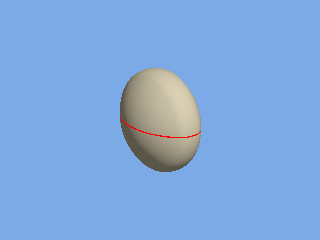 | 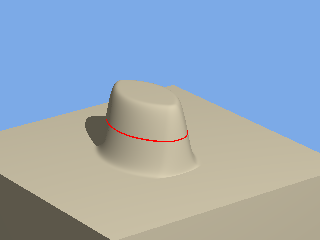 | 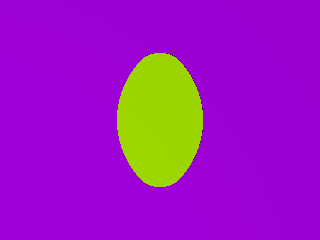 |
Fig 2: Limiting the field to just the top terrace gives an Intersection. | ||
#declare R_Object1 =
function(p,r,x,y,z){
R_Intersection(
R_function(p,(sqrt(pow(x+1,2)+pow(y,2)+pow(z,2))-2)/r)
+R_function(p,(sqrt(pow(x-1,2)+pow(y,2)+pow(z,2))-2)/r)
) }
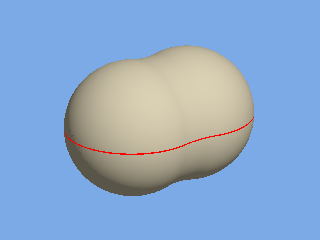 | 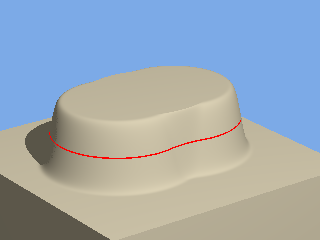 | 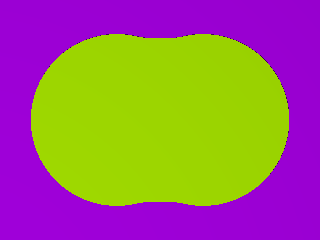 |
Fig 3: Limiting the field to the next terrace down gives a Union | ||
#declare R_Object1 =
function(p,r,x,y,z){
R_Union(
R_function(p,(sqrt(pow(x+1,2)+pow(y,2)+pow(z,2))-2)/r)
+R_function(p,(sqrt(pow(x-1,2)+pow(y,2)+pow(z,2))-2)/r)
) }
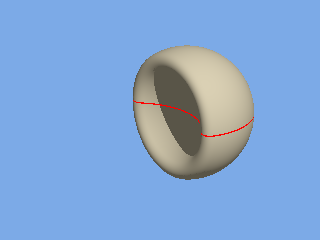 | 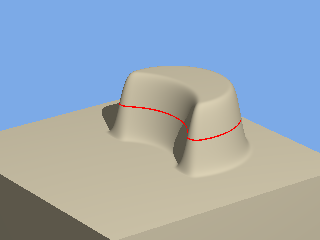 | 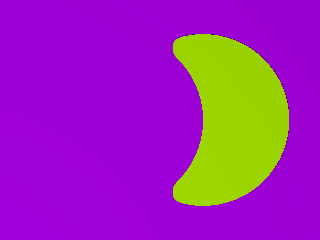 |
Fig 4: Changing the sign of the radius has the effect of reversing the direction of the field: | ||
#declare R_Object1 = function(p,r,x,y,z){
R_Intersection(
// Change the sign of r to change the direction of the field-V
R_function(p,(sqrt(pow(x+1,2)+pow(y,2)+pow(z,2))-2)/ -r)
+R_function(p,(sqrt(pow(x-1,2)+pow(y,2)+pow(z,2))-2)/ +r) ) }
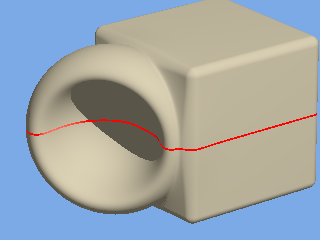 | 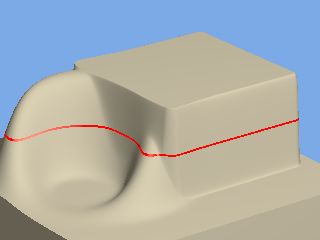 | 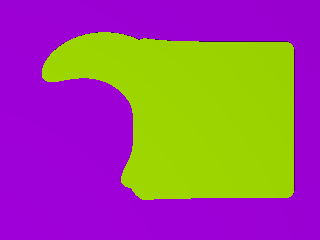 |
Fig 5: Objects with fields limited to one terrace using R_Union and R_Intersection can be added: | ||
#declare R_Object1 =
function(p,r,x,y,z){
+R_Union(
+R_Intersection( R_Sphere(p,+r,1.8,x+1.2,y,z-.1)
+R_Sphere(p,-r,1.1,x+1.6,y,z+.2)
)
+R_Cube(p,.2,1.7,x-1.2,y,z)
) }
#declare Profile = 0.6; // change this to change the shape of the corner. 0.6 gives very close to circular
#declare Radius = 1; // radius when the corner is circular and surfaces at right angles
This example uses the predefined R_Cube and R_Sphere included in Rounded_Objects.inc listed on the Basics page
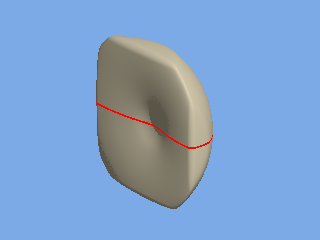 | 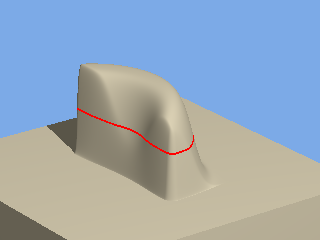 | 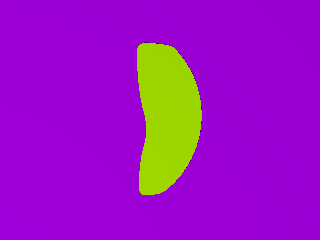 |
Fig 6: The intersection of two objects can also be obtained: | ||
#declare R_Object1 =
function(p,r,x,y,z){
+R_Intersection(
+R_Intersection( R_Sphere(p,+r,2.1,x+1.2,y,z-.1)
+R_Sphere(p,-r,1.3,x+1.6,y,z+.2)
)
+R_Cube(p,.2,1.7,x-1.2,y,z)
) }
Note that the diameters of the spheres have been increased in this example to make it more "interesting". One can see how the different corner profiles of the component R_Objects appear on the surface of the lump.